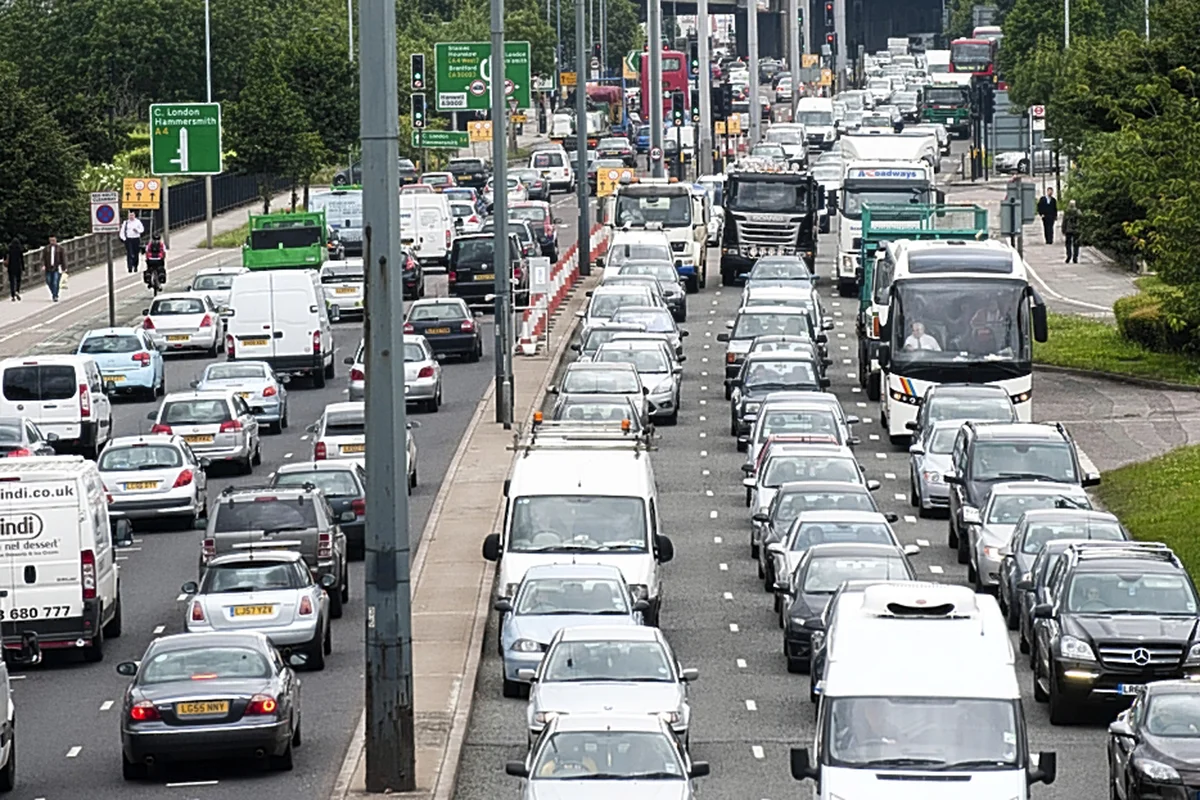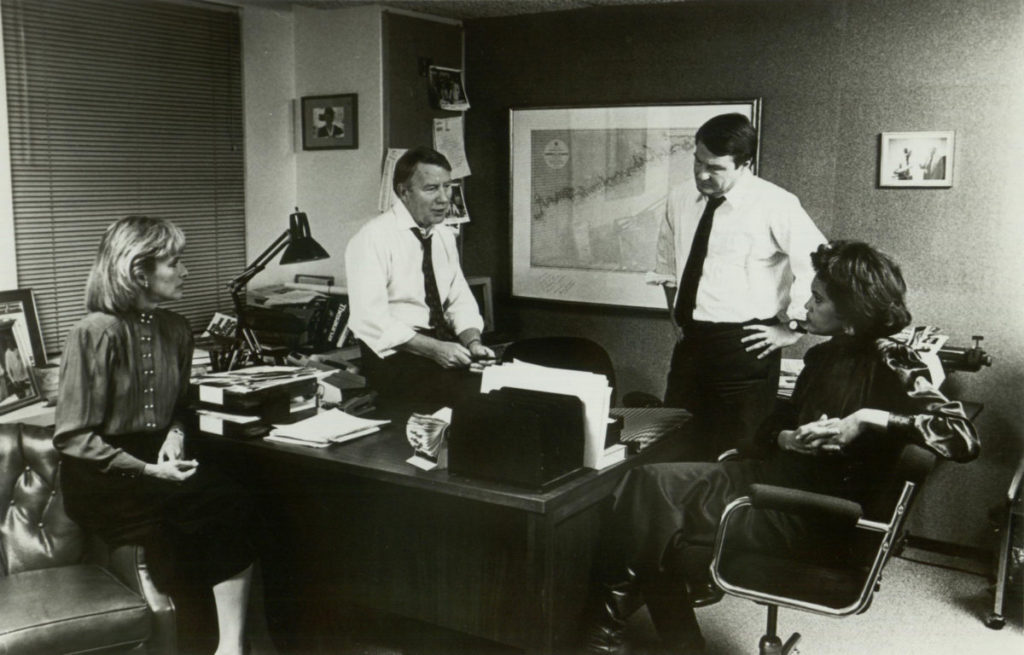Copyright standard

Motorists are paying more than £1 billion a year in road charges and fines incurred while driving in London, according to official figures. Nine of the 10 councils generating the biggest profits in England are in the capital – with Westminster the biggest earner, declaring a net income of £90.6m from £129.4m of revenue. The Government data, which has been analysed by The AA motoring organisation, offers one of the most detailed insights available on the added costs of driving in the capital. The 33 boroughs received a total of £1.065 billion in income from parking fees and penalty charges in 2024/25 – almost half of the amount paid across the entire country. After costs were deducted, the boroughs made a “profit” of £638million – money they are required to reinvest in transport schemes, typically road repairs or concessionary travel for school pupils and pensioners. In addition, Transport for London generates hundreds of millions a year from road levies such as the congestion charge, ultra low emission zone (Ulez) and the new Blackwall and Silvertown tunnel tolls. Earlier this week The Standard revealed that about 500,000 penalty fines had been issued to motorists who had failed to pay the tunnel levies. The road charging revenue figures, published by the Ministry of Housing, Communities & Local Government, come as London Councils, which represents the 33 boroughs, prepares to publish its annual tally of the number of PCN penalty fines issued to drivers who fail to pay for parking or who breach “moving traffic” regulations, such as banned turns or low traffic neighbourhood restrictions on non-residential traffic. Across the country, drivers paid £2.34bn to English councils for on and off-street parking – generating a profit of £1.189bn. The total income compares with £2.07bn the previous year and £1.76 billion in 2019-2020, the year before the pandemic. AA Head of Roads Policy Jack Cousens said income from parking charges and penalty tickets had soared due to “unrestrained costs and fines”. He said: “Originally, council parking charges were supposed to cover the cost of controlled and ordered provision. “The benefits were to encourage shoppers and other visitors into town and city centres and stimulate commercial activity. On-street charges might encourage turnover of spaces and permits were supposed to protect residents’ parking from hogging by outsiders. “For too many councils, particularly in cities, the cost of parking seems to have gone from a reasonable charge to a full-on local tax. Why? Because there is next to nothing holding them back. “They create new ways and reasons to plunder more money from people with cars, often on low incomes travelling in for work.” London’s top 10 boroughs all generated a greater “profit” than Manchester, where the city council made £19.5m. Newcastle’s £11.3m profit was about half that of Southwark’s. Brighton and Hove council, with a £3.2m profit from £53m of income from motorists, was the only non-London authority to feature in the national top 10. The income recorded in the official data includes fines issued to drivers for entering bus lanes. In 2024-25, the Greater London Authority (effectively TfL) received £9.29m in income from bus lanes – resulting in a £4.478m surplus. The 33 boroughs generated £9.9m income from bus lane fines, resulting in a profit of almost £3m. Last year The Standard revealed that a record 8.3 million fines had been issued to motorists in London in 2023/4 – though it was not declared at the time how much this had generated in income for the councils and TfL. The total number of PCNs issued in London in 2023/24 was almost 10 per cent higher than in 2022/23. More than half were parking tickets – a total of 4,560,690. These had a face value of between £60 and £130, depending on location. The increase in residents’ parking zones, often known as CPZs (controlled parking zones) was thought to have contributed to the increase in fines. There was also an 8.5 per cent increase in “moving traffic offences”, for example, when drivers stop in “yellow box junction” areas or make banned turns. These will also include drivers who breached low traffic neighbourhood (LTN) or school street rules, which restrict access to non-residents.



